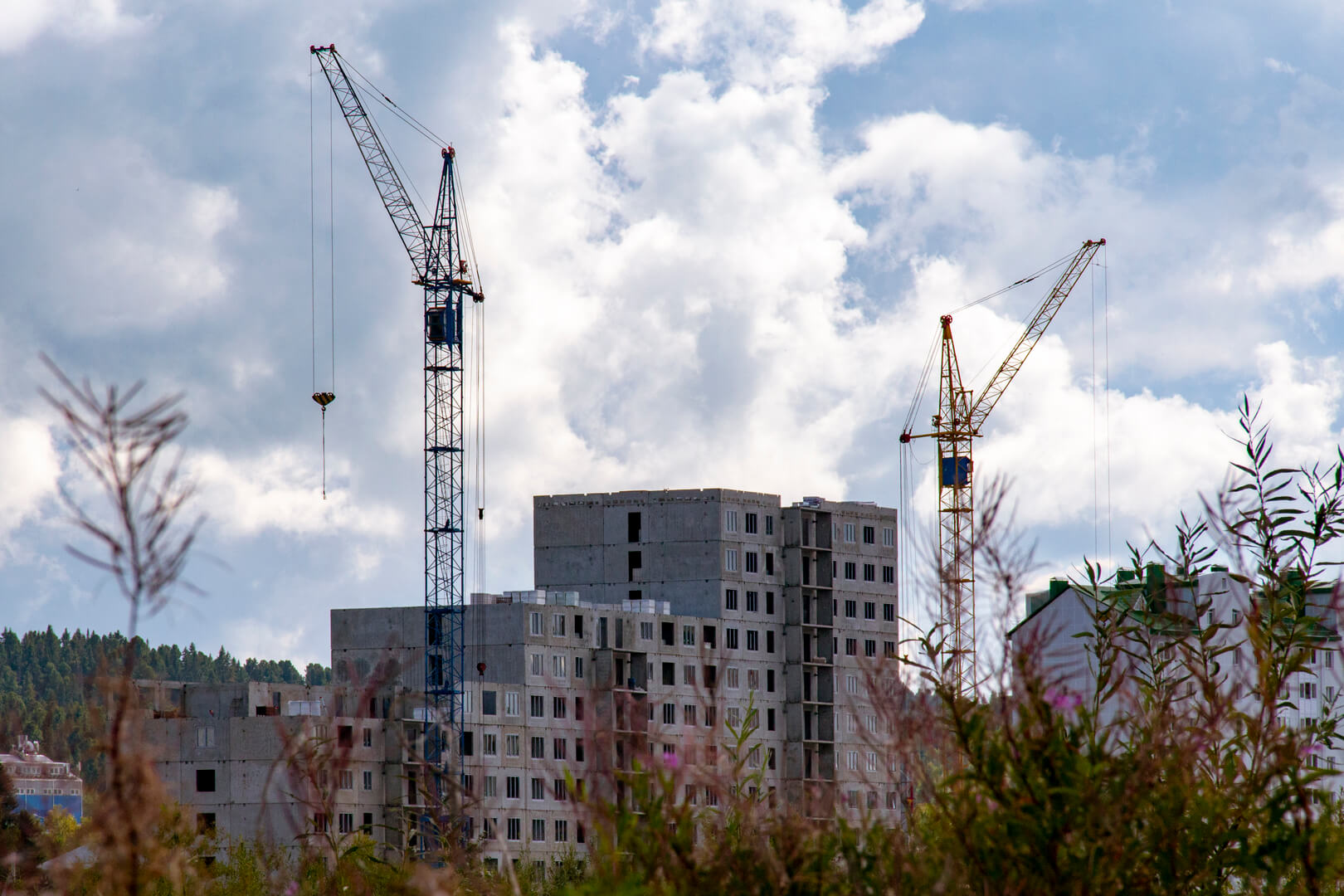In an era defined by accelerating urbanization and the intensifying impacts of climate change, cities stand at a critical juncture. Traditional urban planning methods, often static and reactive, are proving insufficient to navigate the complex challenges of rising sea levels, extreme heat events, recurrent flooding, and strained infrastructure. A transformative solution is emerging from the digital realm: Digital Twins for Climate Resilience and Urban Planning. These dynamic, virtual replicas of physical environments are empowering city planners and policymakers with unprecedented insights, enabling them to simulate, predict, and adapt to climate challenges with a new level of precision.
What is a Digital Twin in an Urban Context?
At its core, a digital twin is a virtual model of a physical object, system, or even an entire city. Unlike a static 3D model, a digital twin is continuously updated with real-time data from a multitude of sources – IoT sensors embedded in buildings, traffic cameras, weather stations, satellite imagery, geospatial data, and even social media feeds. This continuous data flow ensures the virtual twin remains a living, breathing reflection of its physical counterpart, allowing for dynamic analysis and informed decision-making.
When applied to urban planning and climate resilience, a digital twin becomes a powerful simulator. It can:
- Replicate entire cityscapes: From individual buildings and transportation networks to public spaces and utility lines.
- Integrate diverse data: Fusing environmental data (temperature, air quality, precipitation), infrastructure data (stress points, energy consumption), and demographic information.
- Provide real-time monitoring: Offering immediate insights into current conditions and potential vulnerabilities.
- Enable predictive analytics: Using AI and machine learning to forecast future scenarios and assess the impact of various interventions.
The Power of Digital Twins for Climate Resilience
The capacity of digital twins to simulate complex interactions and predict outcomes makes them invaluable for building climate resilience:
- Precision Climate Modeling and Prediction: Digital twins provide a sophisticated platform for hyper-local climate modeling. By replicating specific urban ecosystems, including buildings, green spaces, and water bodies, they can simulate how localized climate phenomena – like urban heat islands, flash floods, or wind patterns – will behave under various climate scenarios. This allows planners to test the effectiveness of mitigation strategies, such as adding green roofs, permeable pavements, or increasing urban tree cover, before physical implementation.
- Optimizing Urban Infrastructure and Energy: Cities are massive consumers of energy and resources. Digital twins can model a city’s entire energy grid, including power consumption patterns, renewable energy generation sites, and battery storage. This enables optimization of energy distribution, identification of energy waste, and integration of more efficient, climate-friendly systems. For critical infrastructure like water supply networks or transportation routes, digital twins can simulate the impact of extreme weather events (e.g., pipe bursts from freezing temperatures, flood-induced road closures), allowing for proactive reinforcement and efficient emergency response planning.
- Enhanced Disaster Preparedness and Response: Digital twins can simulate the trajectory and impact of natural disasters in real-time. Imagine modeling a hurricane’s path and its precise impact on a city’s buildings, power lines, and evacuation routes. This capability significantly improves disaster preparedness, enabling more accurate evacuation planning, efficient resource allocation for emergency services, and rapid damage assessment post-event. Cities like Rotterdam are already using digital twins to model and manage flood risks.
- Sustainable Urban Planning and Design: Digital twins are a game-changer for designing cities that are inherently more sustainable and resilient. Urban planners can simulate the environmental impact of new developments, assess optimal land use, and analyze how different building materials or urban forms affect microclimates (e.g., reducing the urban heat island effect). This data-driven approach fosters the creation of energy-efficient buildings, optimized public transport routes, and enhanced green infrastructure, all contributing to lower emissions and a higher quality of life.
Challenges and the Path Forward
While the promise of digital twins is immense, challenges remain. The implementation of a comprehensive urban digital twin requires:
- Significant Data Integration: Harmonizing vast, disparate datasets from various sources.
- High Computational Power: Processing real-time data and running complex simulations demands robust computing infrastructure.
- Data Security and Privacy: Protecting sensitive urban and personal data within the twin.
- Interoperability: Ensuring different systems and platforms can communicate seamlessly.
- Initial Investment: The upfront cost of developing and maintaining sophisticated digital twin platforms can be substantial.
Despite these hurdles, governments and urban authorities worldwide are recognizing the transformative potential. Initiatives like Europe’s Destination Earth program are developing a “Digital Twin of the Earth” to provide unprecedented resolution for climate change adaptation. Cities from Singapore to Helsinki are investing in their own urban digital twins, demonstrating a clear commitment to leveraging this technology.
The convergence of real-time data, advanced analytics, and immersive visualization within digital twins is fundamentally reshaping how we approach climate resilience and urban planning. As our cities grow and climate impacts intensify, these living, breathing virtual counterparts will be indispensable tools, empowering us to build smarter, greener, and ultimately, more resilient urban environments for generations to come.
